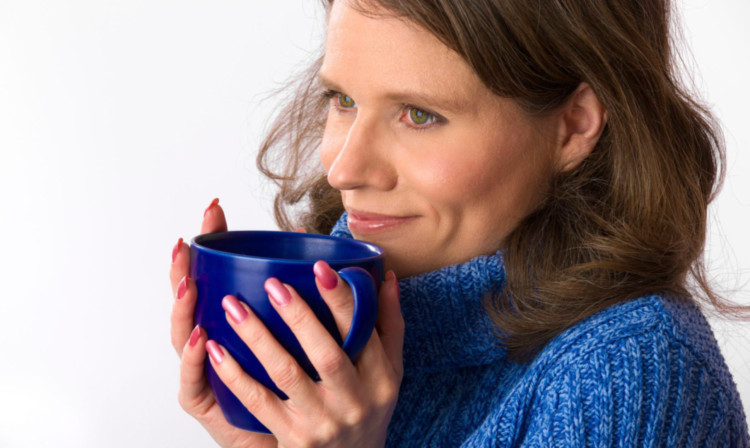
We Brits are known for being a bit obsessive when it comes to a nice cup of tea.
We’re the only nation on Earth who “puts the kettle on” and everyone remembers Donald Pleasance’s character in The Great Escape, Colin the forger, complaining about the char in Stalag Luft III.
“I’m afraid this tea’s pathetic,” he moaned.
“Must have used these wretched leaves about 20 times.
“It’s not that I mind so much, but tea without milk is so uncivilised.”
Then there’s Kenneth Williams’ Khasi of Kalabar in Carry On Up The Khyber, who says: “Take an empire away from under their noses and no-one bats an eyelid but PUT THE MILK IN FIRST!”
But just how much would you pay for the ideal cup of hot brown?
If you think £42 for afternoon tea at the Ritz is a bit steep, you’d choke on your carefully-dunked digestive at the 82 quid charged by the British Standards Institution just for their instructions on how to pour the perfect brew.
Mind you, even that’s set to go up as BS6008, their 5,000-word “method for preparation of a liquor of tea”, is under review, so you might want to wait for the updated version.
Hilariously, if green tea’s your, er, cup of tea then you actually need BS11287, while instant tea fans (hang your heads in shame) will want BS7390.
Thankfully, those nice chaps at the UK Tea Council share their (PG!) tips for free on their website.
Advice includes using freshly-boiled water because to get the maximum flavour from the leaves requires the water to contain oxygen, which is reduced each time the kettle’s boiled.
Brewing time is also key, with some green teas taking just two and a half minutes to steep properly, while they recommend up to seven for oolong.
Meanwhile, the Fortnum & Mason website insists on warming the pot first, and pouring the water in just before it boils.
They also claim tea is best served in bone china cups as the delicacy of the cup enhances the delicacy of the tea.
But, as Carry On’s Rhandi Lal quite rightly points out, whether to put the milk in first arouses fierce debate.
As you’d expect in Britain, this boils down to class.
In the early days of tea drinking, poor-quality cups would often crack when hot tea was added, so having the milk already in helped prevent crockery catastrophe.
When better cups became more widely available, this was no longer necessary, so adding the milk last became simply a way of showing that one had superior china to everyone else.
However, there is actually solid scientific evidence that putting the milk in first is the proper procedure.
It emulsifies differently when added first, giving the tea a more even, creamier flavour.
Whatever your individual preference, we Brits drink 165 million cups of tea every day, compared with just 70 million cups of coffee accounting for a scarcely-credible 40% of the population’s fluid intake.
I’d tell you more, but I’m gasping for a cuppa right now breakfast tea, five minutes’ steeping, half a sugar then a spot of milk, ta.

Enjoy the convenience of having The Sunday Post delivered as a digital ePaper straight to your smartphone, tablet or computer.
Subscribe for only £5.49 a month and enjoy all the benefits of the printed paper as a digital replica.
Subscribe